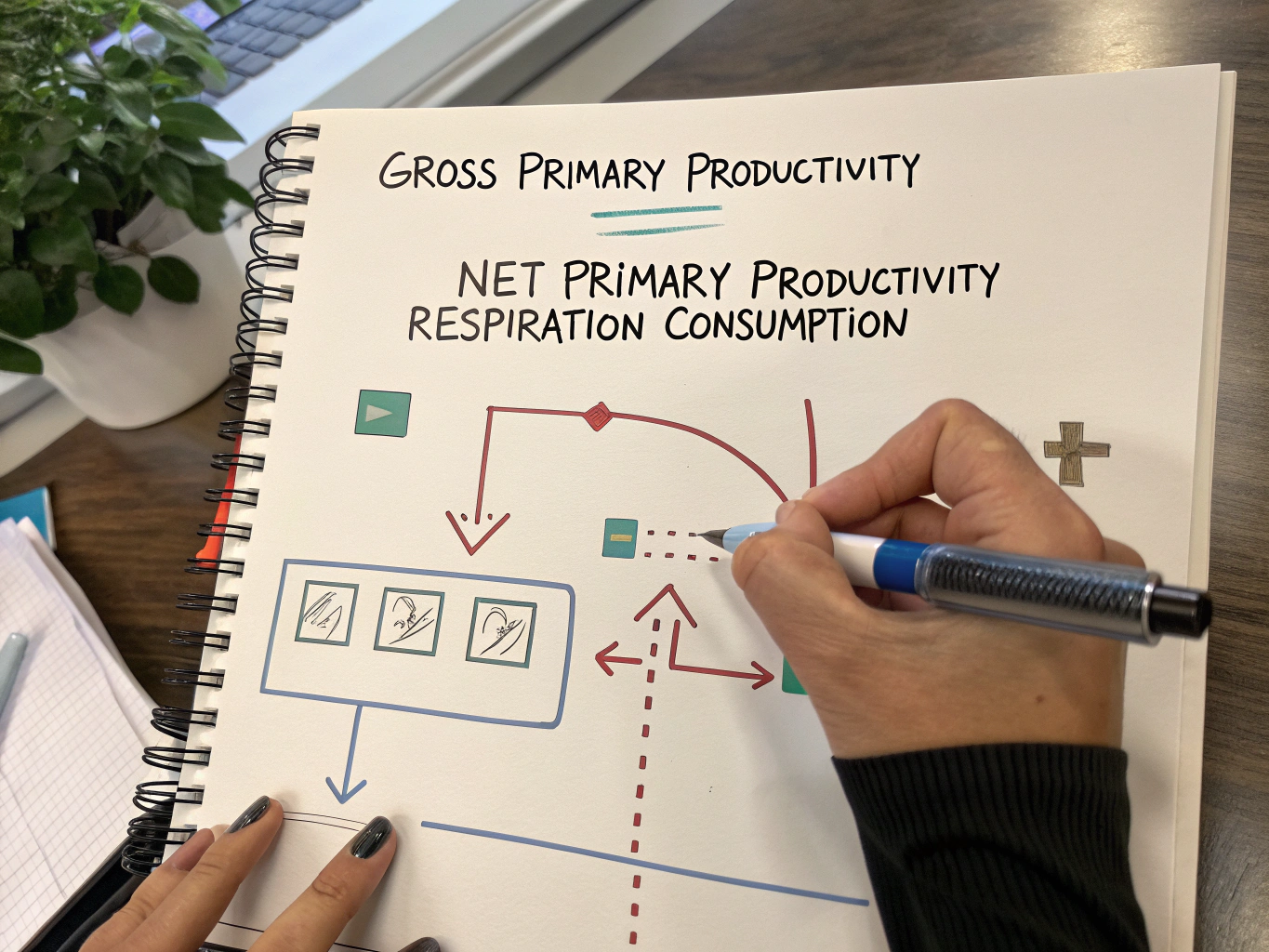How Do You Calculate Net Primary Productivity in 3 Easy Steps
Understanding how do you calculate net primary productivity (NPP) is essential for ecologists, environmentalists, and anyone interested in ecosystem health. NPP measures the amount of organic matter produced by plants and can inform us about the overall productivity of an ecosystem. Let's break down the process into three easy steps.
Step 1: Understand the Basics
Before diving into the net primary productivity calculation, it's essential to have a grasp of some key concepts. Net primary productivity is the amount of biomass produced by plants, minus the amount they respire. This means we’re interested in the growth of plants after accounting for their energy needs.
In simpler terms, NPP can be expressed with the formula:
[ \text{NPP} = \text{GPP} – \text{R} ]Where:
- GPP (Gross Primary Productivity) is the total amount of energy captured by plants.
- R is the energy used by plants for respiration.
This formula offers a fantastic starting point for anyone looking to understand how to calculate net primary productivity.
Step 2: Gather Required Data
To apply the NPP formula in easy steps, you will need some data:
- Photosynthetic Rate: Measure how much CO2 plants absorb over time (usually done in grams of carbon per square meter per day).
- Respiration Rate: Measure how much CO2 is released through plant respiration (same units).
- Understand the time frame for which these measurements are taken—daily, weekly, or annually.
You can gather this data through field studies or laboratory experiments, depending on the ecosystem you are studying.
Step 3: Perform the Calculation
Once you have collected all necessary data, it's time to crunch those numbers:
- Calculate GPP: This is the total carbon captured by plants over your set time frame.
- Calculate R: This represents the total carbon released during respiration in the same period.
- Apply the Formula: Subtract the respiration (R) from the gross primary productivity (GPP).
Here's an example:
- If GPP = 5 g/m²/day
- And R = 2 g/m²/day
Then:
[ \text{NPP} = 5 , \text{g/m²/day} – 2 , \text{g/m²/day} = 3 , \text{g/m²/day} ]Now you have calculated the net primary productivity, which reflects the ecosystem's productivity!

Conclusion
Calculating net primary productivity can be simplified into these three steps: understanding the basics, gathering data, and executing the calculation. This understanding can help monitor and improve ecosystem productivity measurement for the future.
If you want to explore more resources about enhancing productivity in various realms of life, check out the
ADHD Productivity Power Pack: Ebooks, Guides, Checklists, Workbook & Tools to Master Focus, Time Management & Organization which contains practical insights from productivity-focused eBooks.
For an even more extensive toolkit, grab the
AI for Productivity eBook + Checklist: Supercharge Your Efficiency in 2302.
FAQs
Q: What does Net Primary Productivity indicate?
A: It shows the amount of organic material available for consumers in the ecosystem.
Q: Why is NPP important?
A: It helps assess the health of an ecosystem and is crucial for understanding energy flow.
Q: Can I calculate NPP for any ecosystem?
A: Yes, you can calculate NPP for forests, grasslands, wetlands, and more.
By mastering how do you calculate net primary productivity, you can better appreciate the vital links between plants, energy flow, and ecosystem dynamics.

